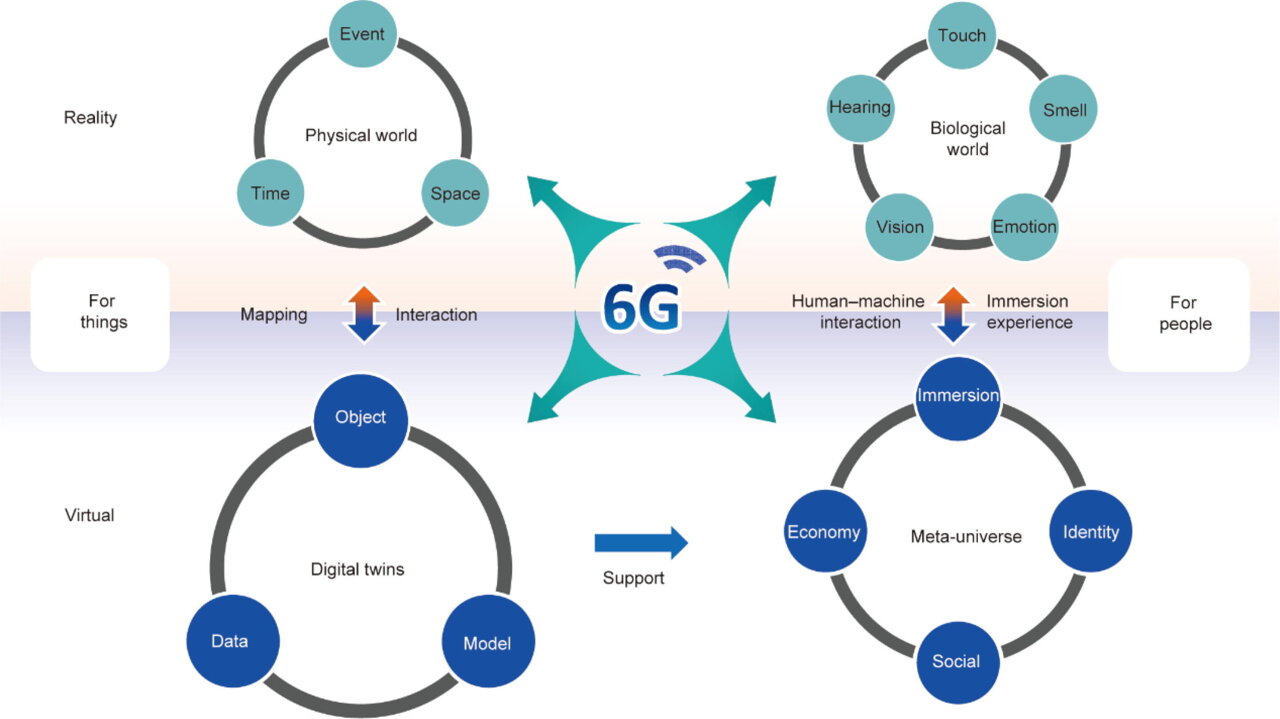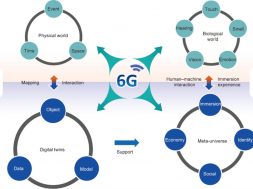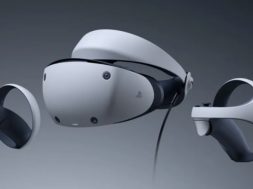
Breaking boundaries: Exploring the dual iconic features and enabling technologies of 6G
The journal Engineering has released a study on the sixth generation (6G) of mobile networks. The study, titled “The Dual Iconic Features and Key Enabling Technologies of 6G,” presents an in-depth analysis of the future of mobile communications and highlights the key features and technologies that will define 6G.
ABSTRACT: The fifth generation (5G) mobile networks are envisaged to enable a plethora of breakthrough advancements in wireless technologies, providing support of a diverse set of services over a single platform. While the deployment of 5G systems is scaling up globally, it is time to look ahead for beyond 5G systems. This is mainly driven by the emerging societal trends, calling for fully automated systems and intelligent services supported by extended reality and haptics communications.
To accommodate the stringent requirements of their prospective applications, which are data-driven and defined by extremely low-latency, ultra-reliable, fast and seamless wireless connectivity, research initiatives are currently focusing on a progressive roadmap towards the sixth generation (6G) networks, which are expected to bring transformative changes to this premise.
In this article, we shed light on some of the major enabling technologies for 6G, which are expected to revolutionize the fundamental architectures of cellular networks and provide multiple homogeneous artificial intelligence-empowered services, including distributed communications, control, computing, sensing, and energy, from its core to its end nodes.
In particular, the present paper aims to answer several 6G framework related questions: What are the driving forces for the development of 6G? How will the enabling technologies of 6G differ from those in 5G?
What kind of applications and interactions will they support which would not be supported by 5G?
We address these questions by presenting a comprehensive study of the 6G vision and outlining seven of its disruptive technologies, i.e., mmWave communications, terahertz communications, optical wireless communications, programmable metasurfaces, drone-based communications, backscatter communications and tactile internet, as well as their potential applications.
Then, by leveraging the state-of-the-art literature surveyed for each technology, we discuss the
associated requirements, key challenges, and open research problems. These discussions are thereafter used to open up the horizon for future research directions.
Source: Engineering












